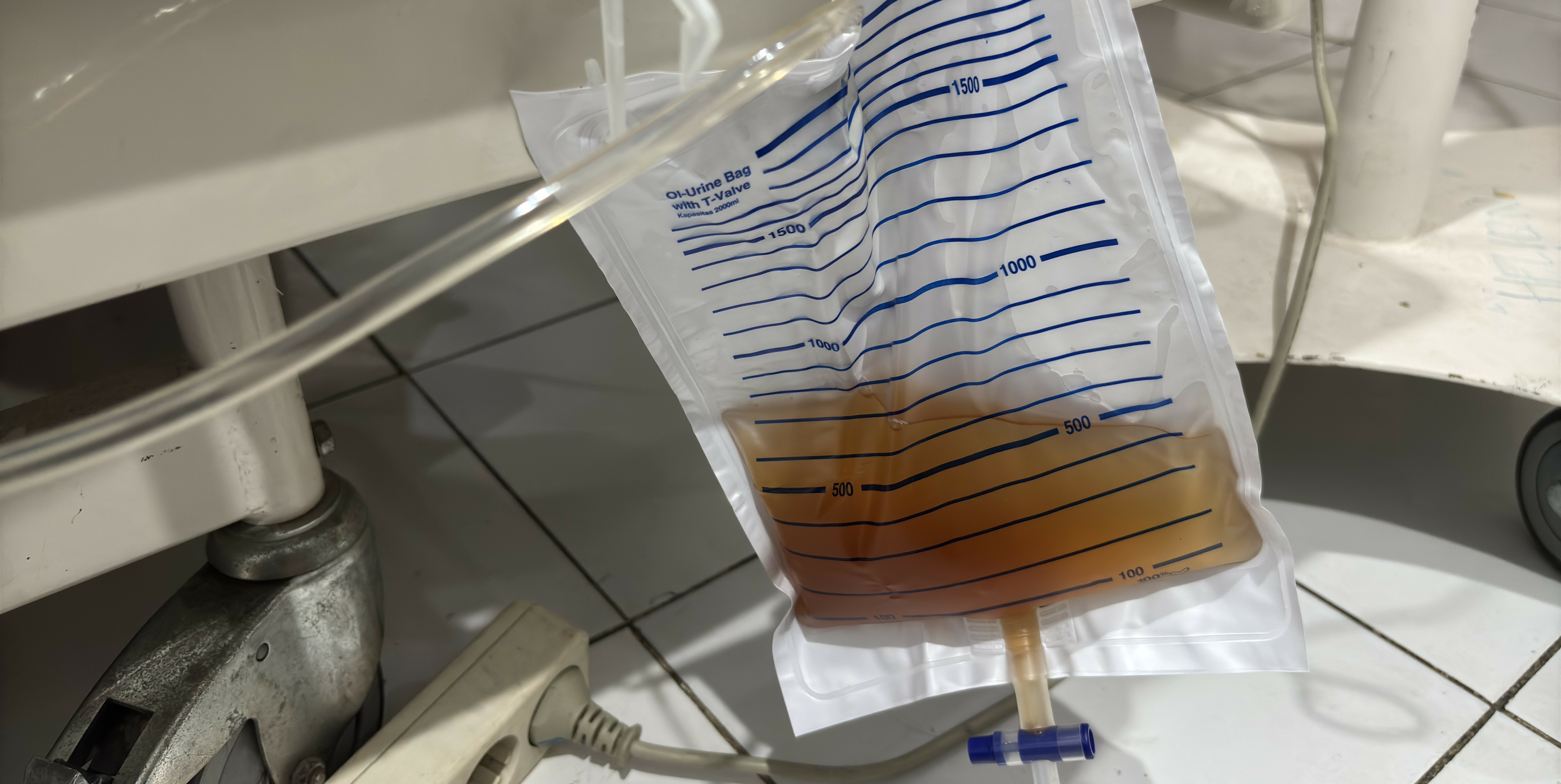|
*|MC_PREVIEW_TEXT|*
|

|
|
04/22/2025
|
|
IT’S TRAUMA TUESDAY
Is a Free Weekly Newsletter
Brought to you by
TCAR Education Programs
|
|
For nurses and other clinicians practicing anywhere
along the trauma care spectrum
|
|
|
|
|
|
Take a quick test of your trauma care knowledge
|

|

|

|
|
|

|
|
Article of the Week
Crushed in an Earthquake (or by Anything Else)
|
|
The recent Myanmar earthquake, with thousands of people injured, has highlighted the syndrome of rhabdomyolysis. Are you prepared to care for 1-1000 victims? This article provides a comprehensive review of rhabdomyolysis etiology, pathogenesis, complications, diagnostics, and interventions.
|
|
|
|
Yang BF, Li D, Liu CL, et al. Advances in rhabdomyolysis: A review of pathogenesis, diagnosis, and treatment. Chin J Traumatol. 2025.
|
|
|

|
|
Trauma Happenings
Alcohol Use Disorder
|
|
How up-to-date are you on identifying and treating alcohol use disorder in your patients? Take this short Medscape quiz to find out.
|
|
|
|
|
![]()
|

|
|
What's the difference between the US and UK quizzes and crossword puzzles? PART 3
|
|
In the past two editions of It's Trauma Tuesday, we covered key differences between American English and British English spelling and terminology. This week, we'll examine punctuation differences. In American English, both e.g., and i.e., are always followed by a comma (don't ask me why!), but that useless comma is excluded in British English. In American English, the only time single quotation marks are used ('XXXX XXX') is when one quote occurs within another. For example: John said, "Shakespeare's quote 'to be, or not to be' is my favorite." However, British English always prefers single quotation marks. Moreover, American English puts all final punctuation ( ., !, or ?) inside the double quotation marks ("Let's go to a TCAR class!"), whereas British English puts the final punctuation mark AFTER the quotation mark ('Let's go to a TCAR class'!) Confusing, right?
|
|
|
|
|
|
You can reveal a letter or the entire word if you get stuck
|

|

|

|
|
|
![]()
|

|
|
Thoracostomy, Thoracotomy, or Thoracentesis?
|
|
Thoracostomy, Thoracotomy, or Thoracentesis: What's the difference between these three commonly confused terms? A THORACOSTOMY is a surgical hole (an ostomy) made in the thoracic wall for chest tube, decompression needle, or finger insertion. A THORACOTOMY is an incision (like craniotomy and laparotomy) into the thoracic cage to open up the chest and expose the internal organs. In trauma care, this may be an emergent or scheduled intervention. THORACENTESIS (like pericardiocentesis, amniocentesis) is the process of draining fluid from the thoracic cavity in the patient with a pleural effusion, which is rarely an emergent procedure.
|
|
|
|
|

|
|
|
|
|
|
Follow Us
Want to join the trauma care conversation?
Follow Us on Facebook, Instagram, and X.
|

|
|
|
|
|

|
|
TCAR Education Programs
tcarprograms.org
info@tcarprograms.org
Office: (503) 608-4900
International Toll-Free: +1 800-800-2015
|
|
Copyright © 2025 TCAR Education Programs. All rights reserved.
You are receiving this email because you opted in by purchasing or registering for a course or subscribing to our newsletter on our website.
Want to change how you receive these emails?
You can
update your preferences or
unsubscribe
|